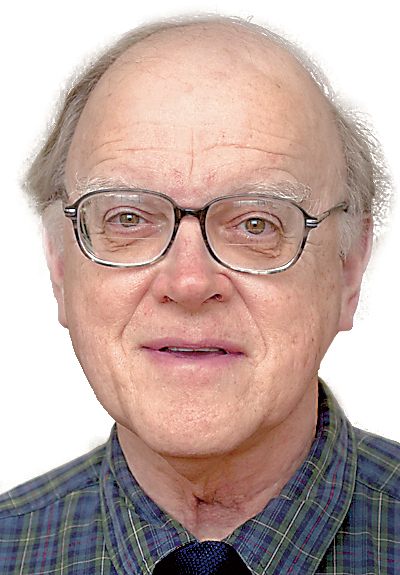The numbers are frightening. In 2015, more than 52,000 Americans died of drug overdose - the leading cause of accidental death in the U.S.
Prescription opioids accounted for more than 20,000 deaths, while heroin killed 13,000. These data likely underestimate the actual numbers of fatalities. Preliminary data from 2016 indicate a worsening mortality rate.
Hundreds of cases of opioid overdose are treated in the nation's emergency rooms daily. Such numbers can be overwhelming. Think of the opioid epidemic in terms of spouses, friends, sons and daughters named Thomas, Evelyn, Susan, Antonio, Marcus, Louise, Margaret.
Definitions: Opiates are drugs derived from the opium poppy and include morphine, codeine and heroin. Opioids are semi-synthetic drugs - chemical modifications of naturally occurring opiates. Opioids include oxycodone and hydrocodone, which are the most commonly overdosed, prescription painkillers. Fentanyl and carfentanyl are synthetic opioids, which are 50 to 100 times more potent than morphine. Counterfeit fentanyl, manufactured in illegal labs, is increasingly mixed with heroin, leading to a recent upsurge in opioid-related deaths. Fentanyl is so toxic that dangerous amounts can be absorbed through the skin.
The term opioid is increasingly used to cover all of these drugs, both legal and illegal.
Opioids exert their effect by attaching to specialized receptors, which are widely distributed in the brain and spinal cord and, to a lesser degree, in the digestive tract. Think of the drug as a key that fits a lock - the receptor. The receptors may be activated by naturally occurring chemicals that circulate within the body and by drugs administered by mouth, inhalation, intravenous injection or through the skin. Activation leads to relief of pain and a sense of pleasure or euphoria. Chronic overstimulation of the receptors by opioids leads to addiction - an insatiable craving for the drug. Deaths occur from depression of cardiac and respiratory function.
Prescribed opioids are the gateway to addiction for up to three-fourths of heroin users. Sales of opioids increased four-fold from 1999 to 2014 as manufacturers vigorously promoted the drugs, while minimizing the risks of addiction. Data from Blue Cross revealed that 21 percent of commercially insured members filled at least one opioid prescription during 2015.
Surveys of people addicted to prescription opioids indicate that their drugs might be given to them initially by relatives or friends or sold to them by a dealer. When prescription opioids become difficult to obtain, inexpensive heroin from Mexican sources is increasingly available. Dealers in illegal opioids may station themselves outside of drug-treatment facilities.
My generation of physicians underprescribed opioids because of fears of addicting patients, a practice that can lead to suspension of our medical licenses. In the 1990s, the pendulum for prescribing opioids began to swing toward wider use. The legitimate needs of patients with painful malignancies and acute and chronic injuries led to a re-evaluation of opiate use.
Pain became the fifth vital sign along with pulse, blood pressure, temperature and respiratory rate. Specialists in pain management filled a growing need for expert care of people with severe pain. The professional attitude toward opioids became lax. Opioids were prescribed in situations where a less potent medication or physical therapy might have relieved discomfort.
Unscrupulous physicians established "pill mills" along interstates, dispensing large numbers of prescriptions for opioids for no clinical indication whatsoever. A dealer might drive long distances to obtain large quantities of opioids to resell at great profit in his hometown.
States vary widely in their incidence of opioid deaths. West Virginia has the severest problem with 41.5 deaths per 100,000 population, followed by New Hampshire (34.3), Kentucky and Ohio (29.9), and Rhode Island (28.2). Tennessee ranks ninth at 23.4. Wide variation in addiction and fatality rates are seen within states. Hot spots may be found in cities or in rural counties.
"Dreamland: The True Tale of America's Opiate Epidemic" by Sam Quinones is a vital resource for comprehending this deadly scourge.
Next: What can we do about the opioid epidemic?
Contact Clif Cleaveland at ccleaveland@timesfreepress.com.

